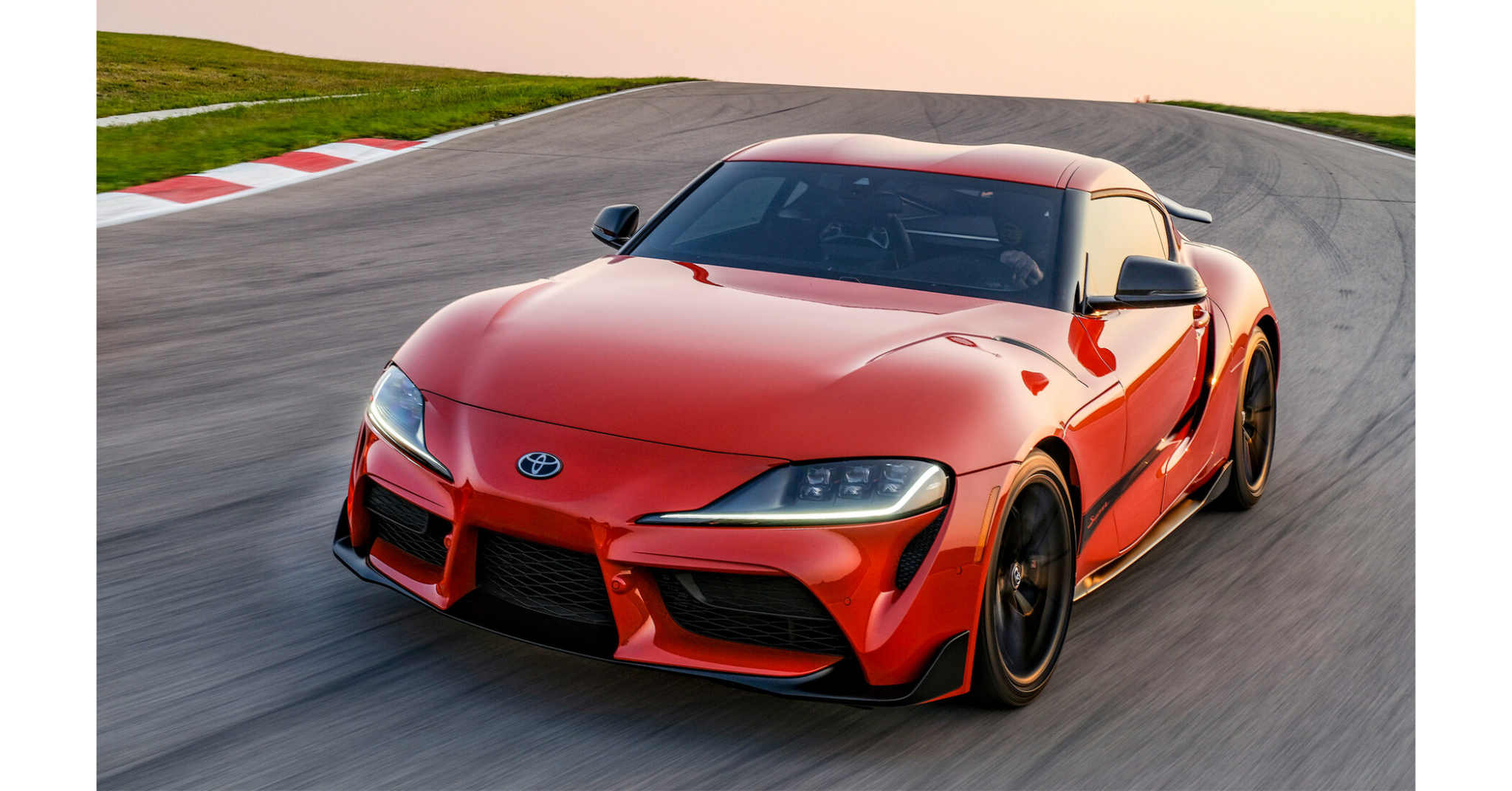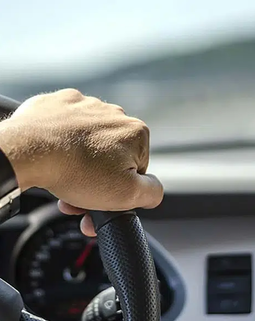Choosing between an automatic and a manual transmission is a significant decision when buying a car, especially if you primarily drive in a city. While manual transmissions were once the norm, automatics have become increasingly popular, particularly in urban environments. This article compares the two, focusing on their suitability for city driving. We'll even briefly touch on a car rarely seen in city traffic, affecting its market value – impacting something like the supra price in bangladesh.
Automatic Transmission: The City Champion?
Pros for City Driving:
-
Ease of Use: Automatics are undeniably easier to drive, especially in stop-and-go traffic. You don't have to constantly work the clutch and shift gears, reducing driver fatigue.
-
Smoother Ride: Modern automatics offer very smooth gear changes, making for a more comfortable ride in city traffic.
-
Less Stressful: In heavy traffic, an automatic allows you to focus more on your surroundings and less on operating the vehicle.
-
Hill Starts: Automatics prevent rollback on hills, a significant advantage in cities with steep inclines.
Cons for City Driving:
-
Potentially Lower Fuel Efficiency (Historically): Older automatics were often less fuel-efficient than manuals. However, modern automatics, with more gears and advanced technology, have largely closed this gap.
-
Less Engaging: Some drivers find automatics less engaging and less fun to drive.
-
Higher Purchase Price: Cars with automatic transmissions typically have a higher initial purchase price.
Manual Transmission: The Enthusiast's Choice?
Pros for City Driving:
-
More Control: Manuals give the driver complete control over gear selection, which some drivers prefer, even in city traffic.
-
Potentially Better Fuel Efficiency (in some cases): While the gap has narrowed, some manual cars still offer slightly better fuel economy than their automatic counterparts, especially in smaller, lighter vehicles.
-
Lower Purchase Price: Cars with manual transmissions are often less expensive to buy.
-
Lower Maintenance Cost: Compared to automatics, they are cheaper.
Cons for City Driving:
-
Constant Shifting: In heavy stop-and-go traffic, constantly working the clutch and shifting gears can be tiring and tedious.
-
Steeper Learning Curve: Mastering a manual transmission takes practice and coordination.
-
Hill Starts Can Be Tricky: Holding the car on a hill with the clutch and gas pedal requires skill and can be stressful for new drivers.
The Verdict: It Depends (But Automatics Often Win)
For most city drivers, an automatic transmission is the more practical and convenient choice. The ease of use and reduced stress in heavy traffic are significant advantages. However, if you're a driving enthusiast who enjoys the control and engagement of a manual, and you don't mind the extra effort in city traffic, a manual can still be a rewarding option.
The availability of manual transmissions is also decreasing. Many newer car models, especially in higher trim levels and performance cars, are only offered with automatic transmissions. This trend reflects the overall market preference for automatics. Think of performance cars: the supra price in bangladesh, for instance, is likely influenced by its automatic transmission, as that is the only transmission offered globally. A manual Supra, were it to exist in Bangladesh, would be an extreme rarity and likely command a very different price (potentially higher due to rarity, or lower due to lower demand).
Ultimately, the best choice depends on your individual preferences, driving style, and priorities. Test drive both types of transmissions in city conditions if possible before making a decision.
Which transmission do you prefer for city driving, and why? Share your thoughts in the comments!





